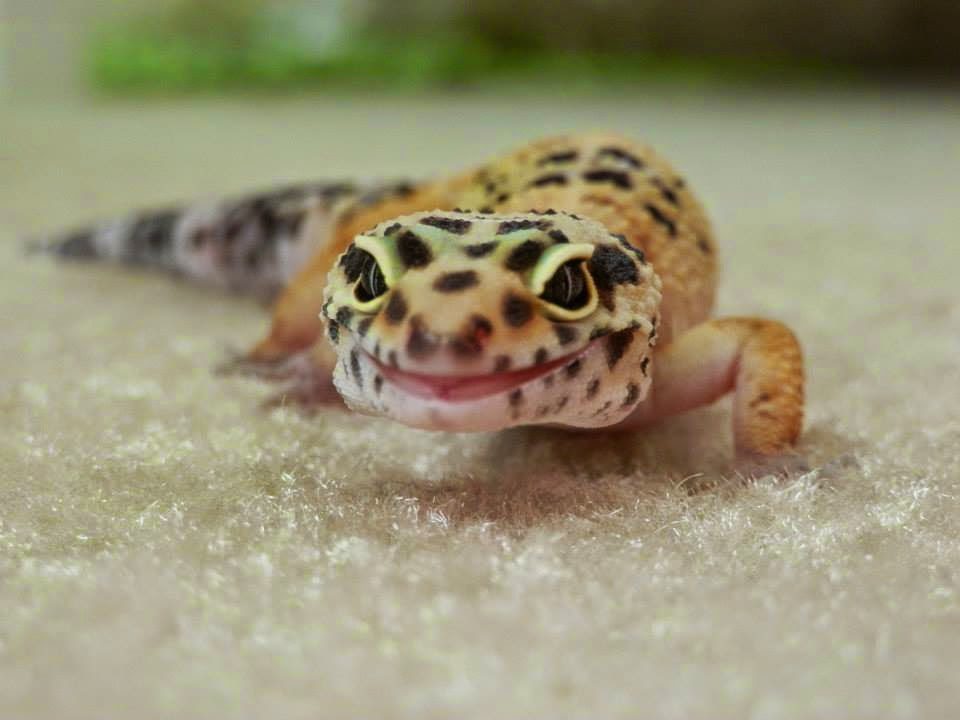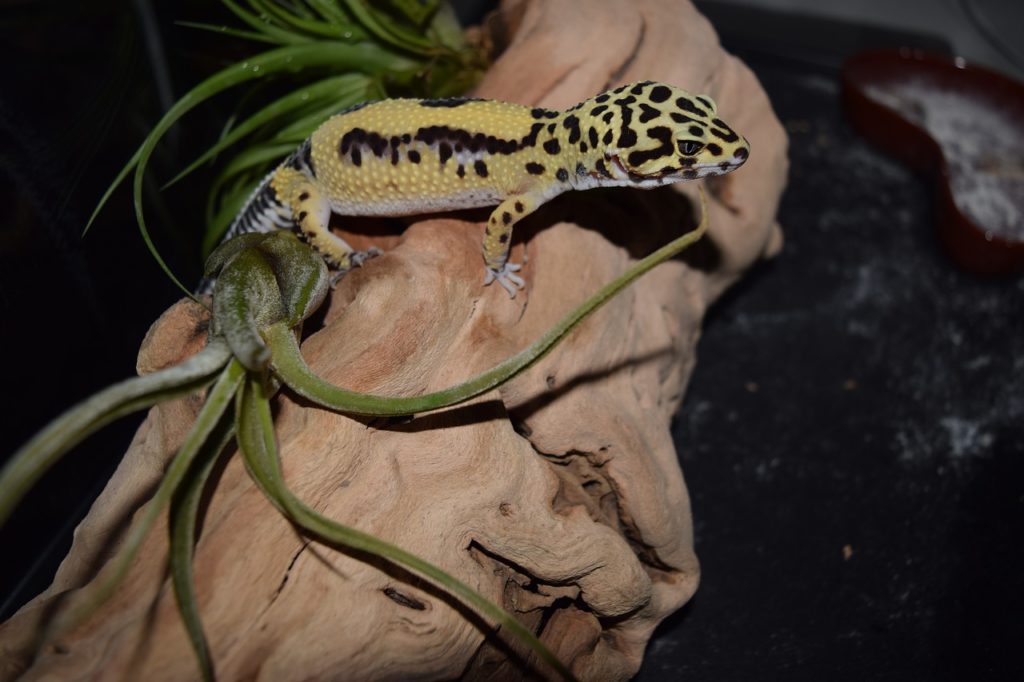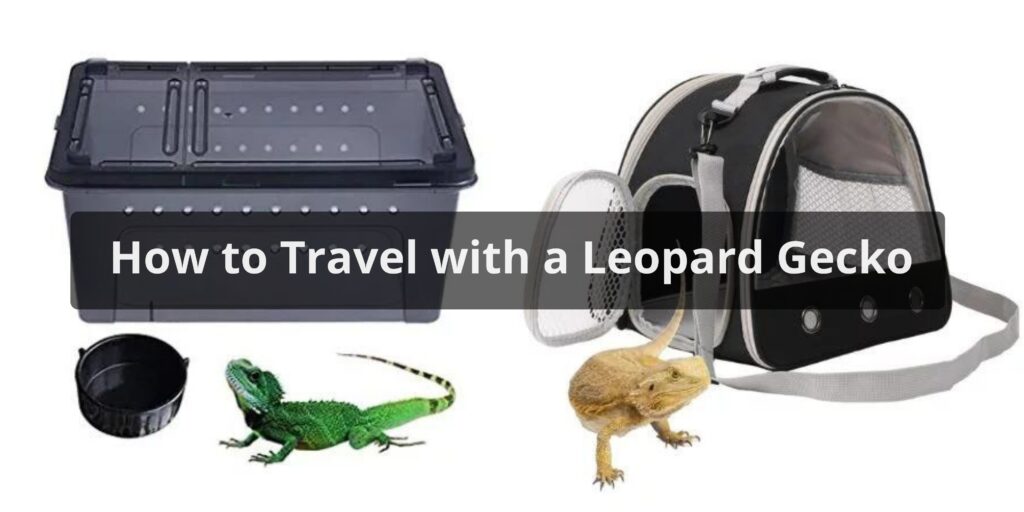Traveling with pets can be stressful, but with some preparation and planning, bringing your leopard gecko along for the adventure doesn’t have to be difficult. Leopard geckos are hardy lizards that can adapt well to travel if their needs are met. Here are some tips for how to travel with leopard gecko safely and comfortably.
Prepare their habitat

The first step is getting your leopard gecko’s habitat travel-ready. Their tank should be escape-proof and sturdy enough to handle car rides or flights. Some options are:
- A plastic carrier or travel tank specifically designed for reptiles. Make sure it is an appropriate size – no smaller than the gecko’s regular tank. Include hiding spots and foliage to reduce stress.
- The original glass tank can work for car travel if it is securely strapped down. Just remove loose decor. Glass is too fragile for air travel.
- A plastic tub or bin, as long as it is thoroughly cleaned first. Drill air holes and furnish it just like a regular tank. These work well for air travel.
Pack paper towels or tile substrate to line the bottom of the travel habitat. Avoid loose substrate like sand, which can spill. Include a small water bowl, a hide box, and some familiar foliage or rocks from their regular tank.
Maintain proper temperatures
Leopard geckos are cold-blooded, so maintaining appropriate temperatures during travel is crucial. Here are some tips:
- If traveling by car, use a battery-powered or USB-powered heating pad designed for reptiles to warm the habitat to 85-90°F. Monitor the temperature.
- When flying, use hand warmers to provide belly heat. Make sure the gecko always has access to a temperature gradient so it can cool down if needed.
- At your destination, provide supplemental heating from lamps or heat mats if it will be cooler than the gecko is used to.
- Avoid extreme temperature fluctuations. Heat packs can help buffer drops in temperature if needed.
- Never leave the gecko unattended in a vehicle for extended periods. Carry the gecko in the cabin rather than checked luggage on flights.
Plan adequate nourishment

It’s important to ensure your leopard gecko doesn’t go hungry while traveling:
- Don’t feed them the day before travel to prevent motion sickness.
- Pack enough cricket or worm feeders for however long you will be traveling. Feeders can go in a separate small critter carrier. Bring gecko vitamin supplements too.
- Locate pet stores at your destination ahead of time to buy more feeders if needed.
- Bring along extra calcium powder to gut-load feeders if you run out.
- Pack bottled drinking water from home to avoid unsafe tap water changes.
Practice proper hygiene
Travel can be dirty, so take steps to keep your gecko’s habitat clean:
- Spot clean waste immediately. Bring paper towels and disinfectant.
- Use disposable gloves whenever handling waste, food, or your gecko. Wash hands thoroughly first.
- Completely dump and sanitize the water bowl daily. Refill with bottled water.
- Follow your regular tank cleaning regimen when you arrive home. Monitor for signs of illness.
Manage stress

Travel introduces new sights, sounds, and motion that can stress leopard geckos. Here are tips to help keep your pet calm:
- Bring familiar hides and decor items with your gecko’s scent. Use temporary barriers to block their view if needed.
- Play soft music and avoid abrupt noises or movements.
- Limit opening the habitat. Don’t handle your gecko unnecessarily during transit.
- Use calming pheromone sprays designed for reptiles in the tank.
- Check for signs of stress like pacing, difficulty shedding, lethargy or aggression. Call an exotic vet if those persist after arrival.
With the proper setup and supplies, leopard geckos can be excellent travel companions. They are quiet and low-maintenance when their basic needs are provided for. Just be sure to research any regulations on traveling with exotic pets to stay compliant. If you take care to replicate their home habitat as closely as possible, both you and your leopard gecko can enjoy new adventures on the road or in the air!
FAQs About How to Travel with Leopard Gecko
What should I pack in a travel enclosure for my gecko?
In a travel enclosure, pack essentials like a small, escape-proof container with secure ventilation, a hide or shelter for comfort, a shallow water dish, and a familiar substrate. Ensure the enclosure is secure to prevent escapes, and include a heat source or heat pack for temperature regulation.
How do I ensure my gecko’s safety during travel?
Ensure your gecko’s safety by using a secure and well-ventilated travel container. Avoid sudden movements or vibrations. Keep the enclosure at the appropriate temperature and avoid exposing it to extreme conditions. Monitor your gecko during breaks, but avoid unnecessary handling to reduce stress.
Can I feed my gecko while on the road?
It’s best not to feed your gecko while traveling to prevent digestive issues or regurgitation. Offer food before departure or upon reaching your destination. Provide fresh water in a shallow dish during stops to keep your gecko hydrated.
How long can a leopard gecko safely travel?
Leopard geckos can safely travel for up to 24 hours, but shorter trips are preferred. Longer journeys may require careful planning for temperature and comfort. Ensure your gecko has a suitable travel enclosure and access to water during the trip.
Are there specific travel tips for air travel with geckos?
When traveling by air with geckos, check airline regulations regarding reptile transport. Use an airline-approved travel container, ensure proper ventilation, and maintain temperature stability. Keep all necessary documents, such as health certificates, and consult the airline for specific guidelines on transporting reptiles.



